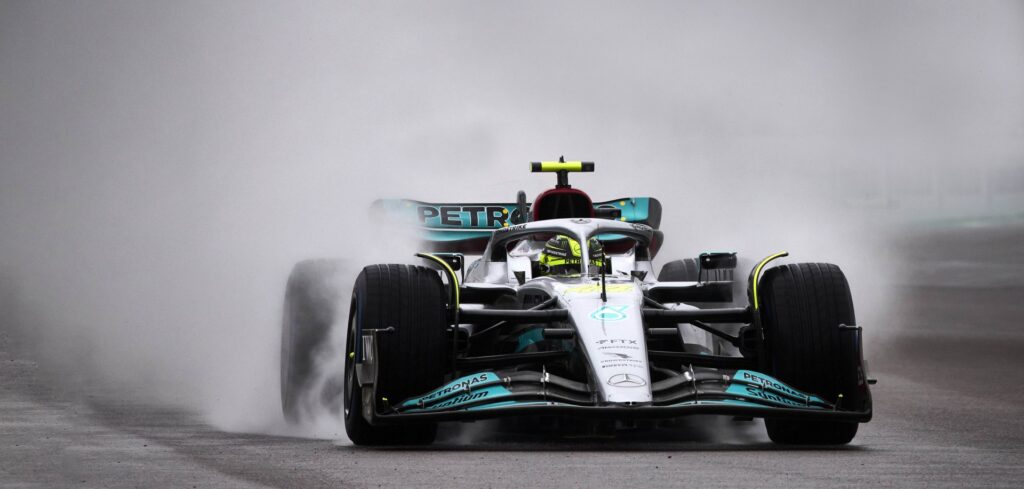Following the latest meeting of the FIA’s World Motor Sport Council, the regulatory body has revealed further details on the evolution of Formula 1’s 2026 regulations. While development of new power unit specifications is still ongoing – with the current V6 hybrid formula set to be revised and the power of the hybrid element increased – attention has turned to the aerodynamic and chassis package. These changes will be made concurrent to the powertrain updates, and the FIA laid out several preliminary targets based on the results of simulation work undertaken by its aerodynamic department.
To increase overall vehicle efficiency, the new rules will look to cut drag which in turn will aid energy consumption and there is a desire to reduce the size and mass of the cars. However, any changes will still have to take into account the seeming success of the 2022 aero rules in encouraging close racing, and hopefully improve on them further.
With an eye on further cost control, the FIA says there will be further moves toward standardization or simplification of strategically selected components, and a greater focus on the use of sustainable and recyclable materials.
Notably, the WMSC also discussed the potential for the use of ‘active’ and ‘connected’ safety systems. Further details were not given, but these would likely include functions similar to automotive ADAS, where on-vehicle sensors combined with V2X communication would be able to alert drivers to upcoming hazards faster than is possible using the current marshal flag system.



